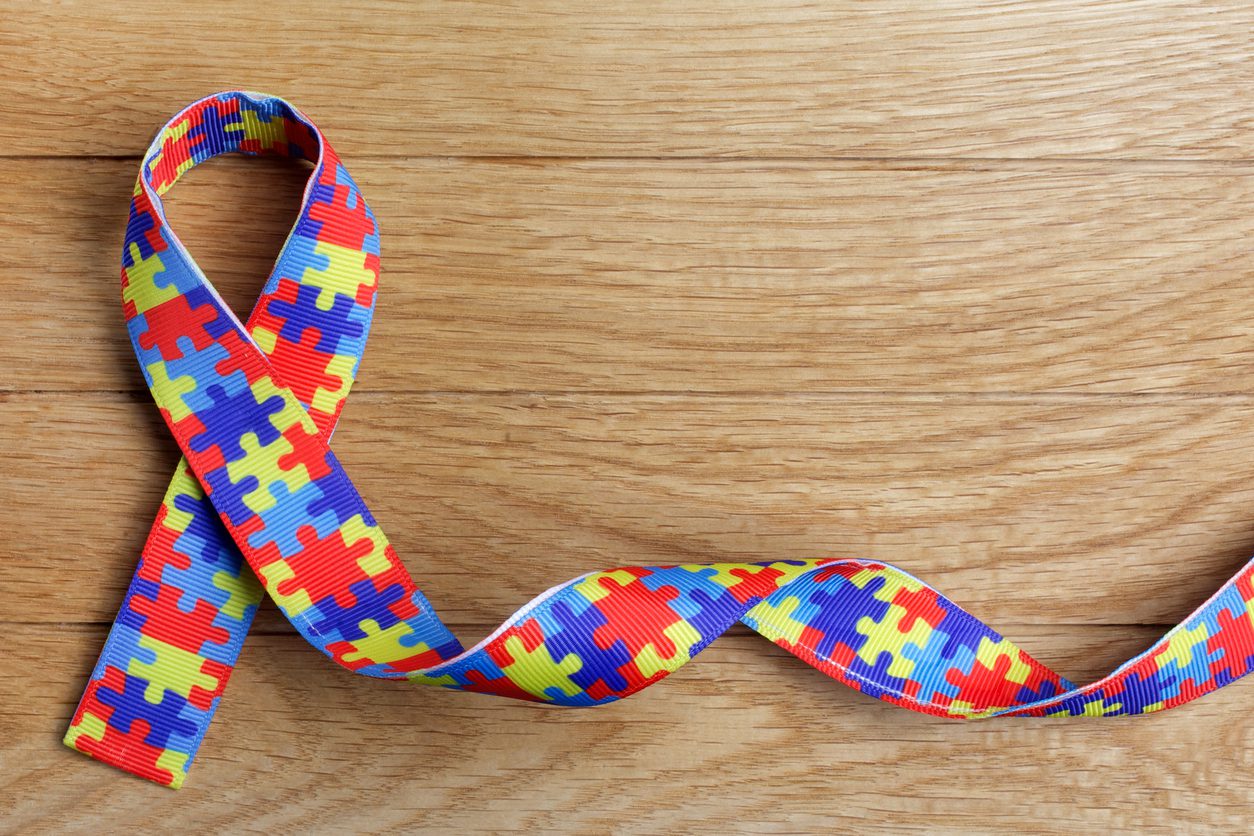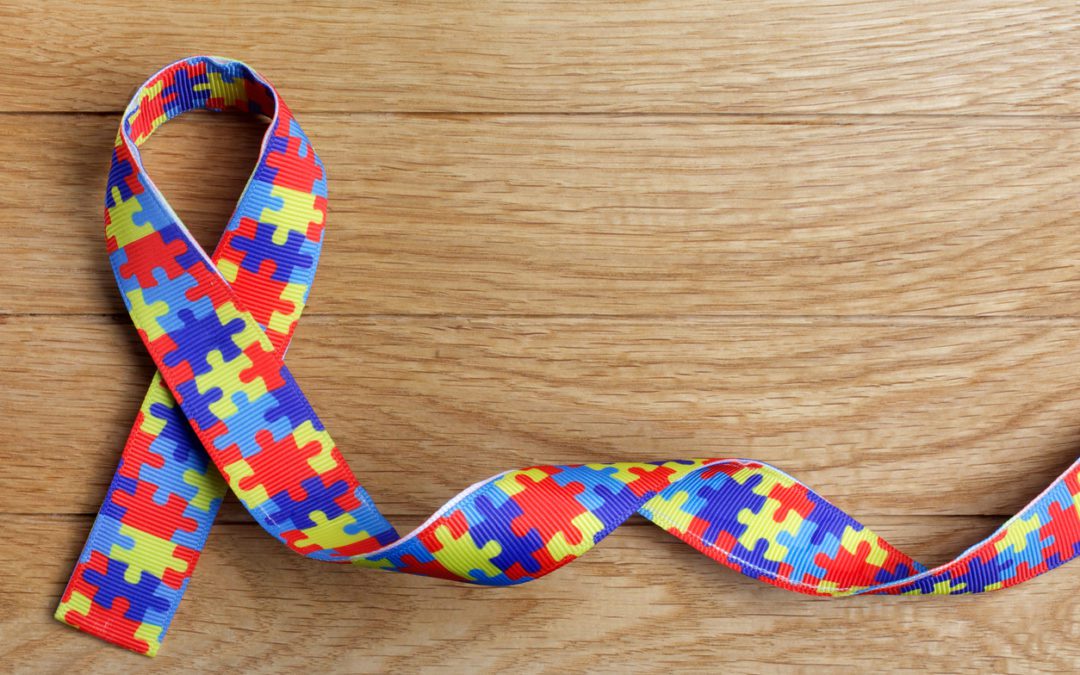With Autism Awareness Month ending just days ago, you’ve probably seen a good deal of t-shirts, Facebook posts, and bumper stickers donning a colorful puzzle piece ribbon recently. But while you’ve seen it many times over the past month, do you truly know what the ribbon stands for?

Designing the Puzzle Piece
Though autism wasn’t widely understood by everyday people until the 1980s, the puzzle piece symbol for autism was designed in 1963. Created by Gerald Gasson, a board member for the National Autistic Society in London, the board originally believed autism was a ‘puzzling’ condition.
Also found within the puzzle piece outline was a crying child. This was included to show that people with autism suffered from their condition.
As years passed and we learned more about autism, this logo, along with the idea that all people with autism suffer throughout their lives, was abandoned.
Our understanding of autism has evolved over the years. Today, the National Autistic Society’s logo simply states their name in light pink and features two people appearing to shake hands.
Incorporating Puzzle Pieces into the Ribbon
It was nearly 40 years later, in 1999, that the puzzle ribbon was adopted as the universal sign of autism. Though the image is currently a trademark of the Autism Society, the organization allows other non-profit and informative groups to use it, as they believe a cohesive symbol will best help raise autism awareness.
What the Ribbon Represents
According to the Autism Society, the puzzle piece was incorporated into their official symbol because it represents the complexity of the autism spectrum. With each piece being a different color and shape, it shows that autism affects a diverse group of people and that no two people or families have the same experience with autism.
The Puzzle Piece Symbol Still Receives Mixed Reactions
Though many people affected by autism love the puzzle ribbon, it’s started to receive mixed reviews over the years, with people claiming it’s outdated and misleading. One woman, going only by her first name, Kathleen, wrote in to The Art of Autism saying, “I am not in favor of a puzzle piece that holds the intention that people on the spectrum are confused or incomplete.”
Michael Leventhal agreed, saying, “While the original intent of the puzzle piece was positive, it no longer represents the goals of advocacy. Yesterday autism was a mystery. Today, while efforts continue into autism’s etiology, the main focus is on applying what we have learned to make society and institutions more responsive to changes that lead to improved life and outcomes for autistic individuals and their families. Highlighting this shift in focus warrants a newer symbol – one of cooperation and sharing.”
However, many people still believe the puzzle logo stands for positivity and inclusion. Savana Rose, a parent to a child with autism, said, “I really like the puzzle. To me, it does perfectly symbolize all the different ways that our individual kids fit together…”
Debra Solomon, founder of Spectrum Strategies has many services waiting for you. From time management and productivity workshops to individual coaching, she is an expert in her field. Debra is focused on training young adults on the Autism Spectrum to accomplish life and career goals, no matter how big or small. Call (516) 510-7637 for your one on one.

